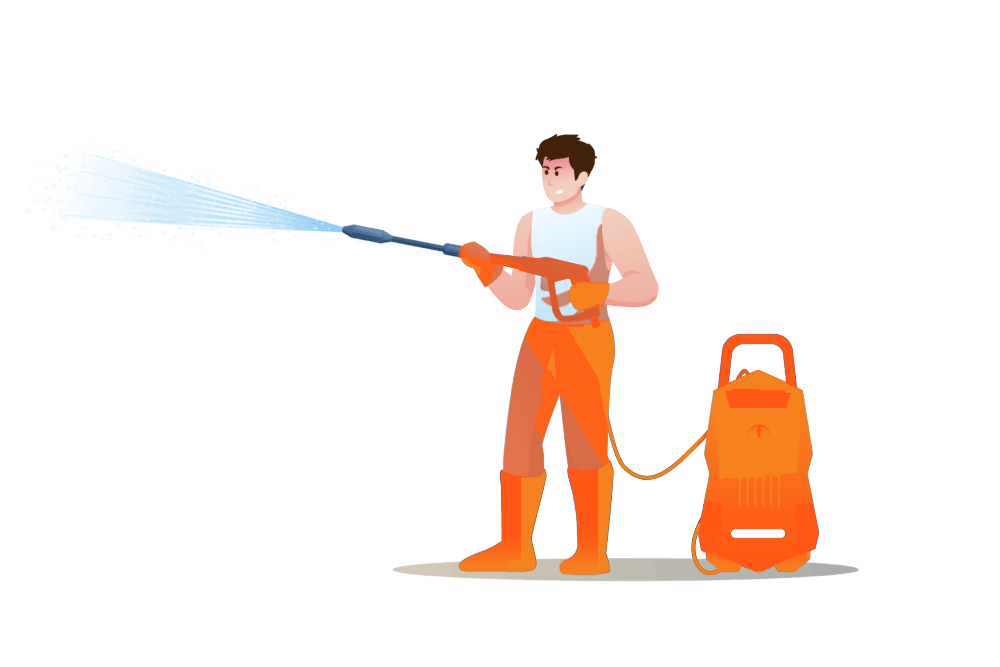The Ultimate Guide to Professional Window Cleaning
The Ultimate Guide to Professional Window Cleaning
Blog Article

When it comes to maintaining the appearance and longevity of your property, one often overlooked aspect is the cleanliness of your windows. Professional window and power washing cleaning services can transform your home or business, allowing natural light to flood in and creating a welcoming environment for guests and customers alike. Over time, dust, grime, and hard water stains can accumulate, making your windows look dull and uninviting. By investing in professional cleaning, you not only enhance your property's curb appeal but also protect your investment.
Choosing the right service for window and power washing requires understanding the benefits and techniques involved. Professional cleaning crews are equipped with the know-how and tools to effectively tackle even the toughest stains while ensuring that no damage is done to your windows or surrounding surfaces. This guide will explore the ins and outs of professional window and power washing cleaning, offering expert tips and insights to help you achieve sparkling clean windows and a well-kept exterior.
Essential Tools for Window and Power Washing
Having the right tools is crucial for professional window and power washing cleaning. A high-quality pressure washer is the cornerstone of this service, as it effectively removes dirt, grime, and stains from various surfaces. Look for a model with adjustable pressure settings to accommodate delicate windows as well as tougher surfaces like driveways and siding. A detergent injector can enhance cleaning effectiveness, allowing you to apply cleaning solutions that tackle stubborn residues.
In addition to the pressure washer, you will need a variety of attachments and accessories. A window cleaning extension pole is essential for reaching high windows without the need for ladders. Using a soft-bristle scrub brush attachment can help loosen dirt and debris while preventing scratches on glass surfaces. Don’t forget a squeegee for that professional finish; it’s vital for ensuring windows are streak-free and crystal clear.
Finally, personal protective equipment should never be overlooked. Safety glasses will protect your eyes from chemical splashes and debris, while gloves can shield your hands during the cleaning process. Non-slip footwear is also important, especially when working on wet or slippery surfaces. With the right tools and safety gear, you’ll set the stage for efficient and effective window and power washing cleaning.
Step-by-Step Window Cleaning Techniques
To achieve sparkling clean windows, start by gathering the necessary supplies. You will need a bucket, squeegee, scrubber, and a cleaning solution, which can be homemade by mixing water with vinegar or store-bought. First, remove any dust or dirt from the window frames and sills with a dry cloth or duster. This will prevent dirt from spreading around when you start cleaning the glass.
Next, fill your bucket with the cleaning solution and dip the scrubber into it. Begin at the top corner of the window and work your way down, applying the cleaning solution evenly across the glass. Use a gentle scrubbing motion to remove any stubborn spots or grime. Make sure to cover the entire surface without missing any areas to ensure a thorough cleaning.
Once the window is scrubbed, it is time to use the squeegee. Start at the top of the window, pulling the squeegee down in a straight line. Wipe the squeegee blade with a clean cloth after each pass to avoid streaking. Repeat this process until the entire window has been cleaned. Finally, wipe down the edges and sill with a cloth to remove any excess water, leaving your windows spotless.
Home cleaning schedule solutions
Safety Tips for Professional Cleaners
When engaging in professional window and power washing cleaning, it is essential to prioritize safety to prevent accidents and injuries. First, always wear appropriate personal protective equipment, including gloves, safety goggles, and non-slip shoes. These items protect against splashes and slips, which are common hazards in this industry. Additionally, keep your tools and equipment in good condition, as worn tools can pose safety risks.
Before starting any job, conduct a thorough risk assessment of the work area. Identify potential hazards such as electrical lines, unstable surfaces, or heavy traffic areas. Make sure to use signage and cones to alert pedestrians and drivers of your work zone, ensuring that you create a safe environment. When using ladders or scaffolding, confirm they are stable and secure to prevent falls.
Lastly, always be conscious of the weather conditions. High winds, rain, or extreme temperatures can significantly increase the risk of accidents. If conditions are not safe, it is better to postpone the cleaning. Keeping an open line of communication with your team about safety practices can help maintain a secure work environment for everyone involved.
Report this page